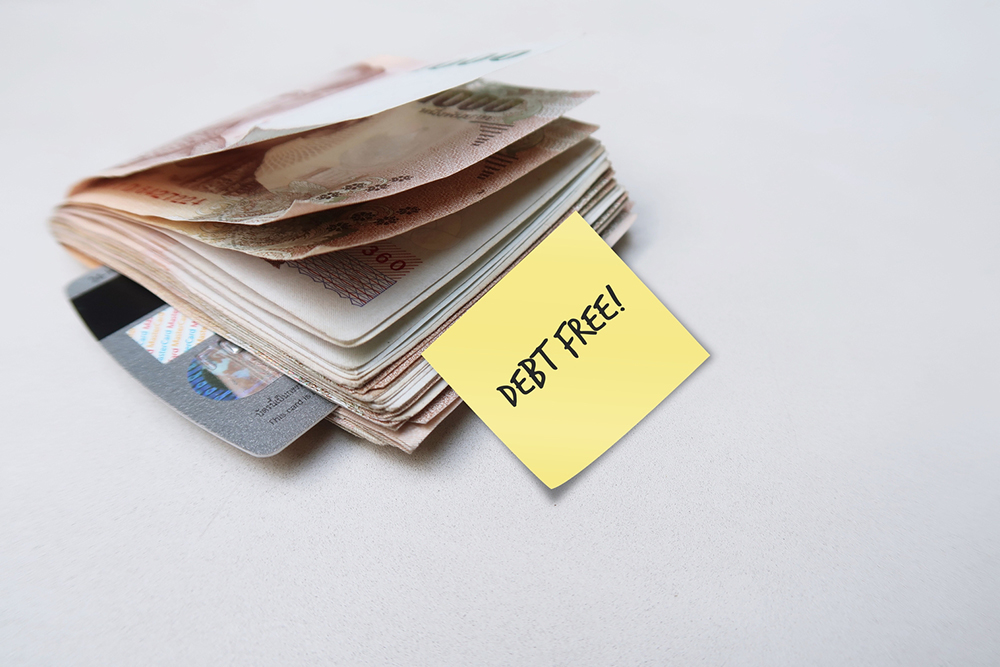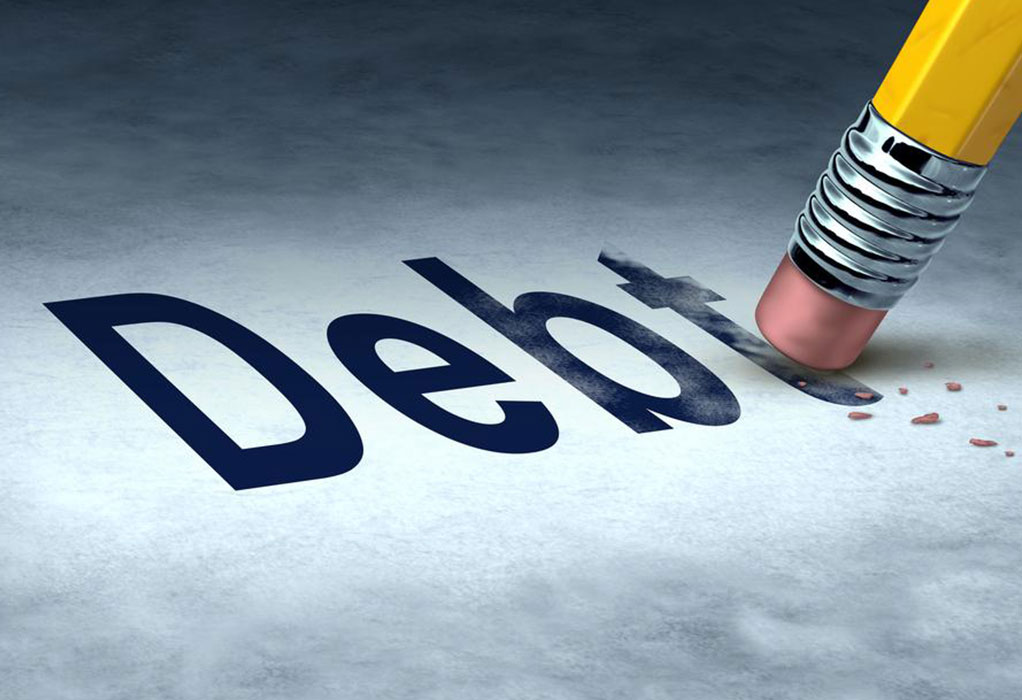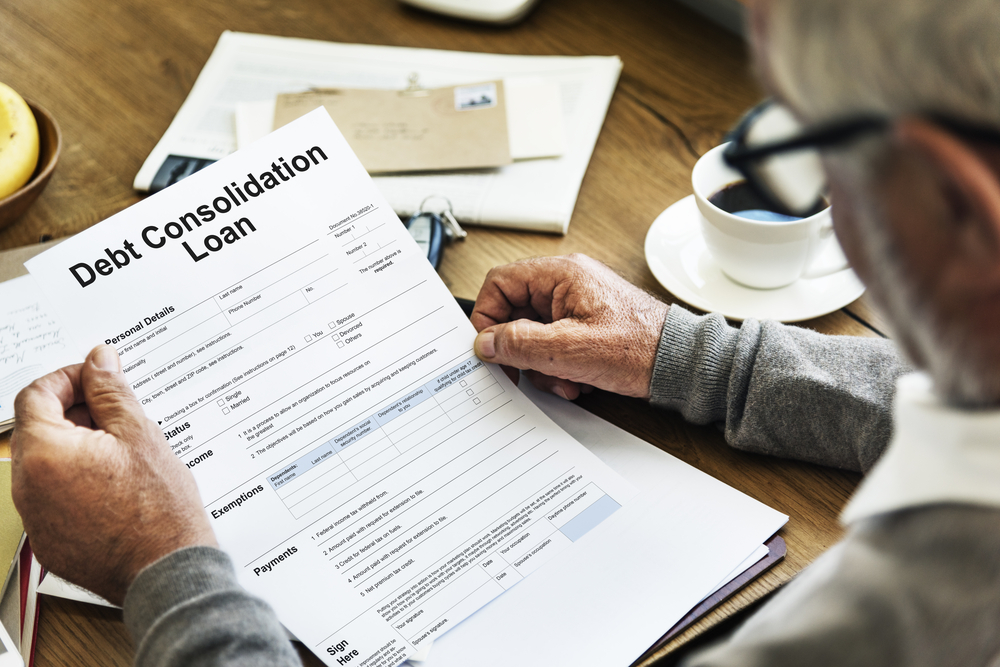Comprehensive Guide to Effective Debt Management and Elimination Strategies
This comprehensive article provides effective debt management and repayment strategies, including understanding total debt, optimizing spending habits, creating realistic repayment plans, and exploring consolidation options. It emphasizes disciplined financial behavior, increasing income, utilizing promotional offers, seeking professional counseling, and addressing collection debts. By following these detailed, actionable steps, individuals can effectively eliminate their debts, improve credit scores, and achieve financial stability. Designed for those seeking practical, sustainable solutions, this guide empowers readers to take control of their financial future.

Proven Techniques for Managing and Repaying Debt Effectively
Borrowing money is a common financial activity, used for a variety of essential needs such as purchasing homes, funding education, covering unexpected emergencies, or financing major life events. While borrowing can provide immediate relief or opportunities, it also introduces the responsibility of repayment, which—if mishandled—can lead to overwhelming debt and significant financial stress. Unpaid or poorly managed debt not only hampers personal financial stability but also damages credit ratings, making future borrowing more challenging and expensive. Therefore, developing a strategic approach to debt management, including disciplined repayment plans and smart financial habits, is essential for maintaining and improving overall financial health.
Step 1: Gain a Clear Understanding of Your Total Debt
The first crucial step in managing debt effectively is to have a comprehensive understanding of the total amount owed. List all your debts, including credit card balances, personal loans, student loans, medical bills, auto loans, and any other liabilities. This detailed overview allows you to see the full scope of your financial obligations.
Once you have listed all debts, organize them by interest rate, due date, and minimum payments. High-interest debts, such as credit cards, should be prioritized to reduce the overall interest paid over time. Keeping track of minimum payments and due dates ensures you avoid late fees and penalties. This comprehensive debt inventory serves as the foundation for creating an effective repayment plan tailored to your specific financial situation.
Step 2: Analyze and Adjust Your Spending Habits
An honest review of your monthly expenses helps identify areas where unnecessary spending can be trimmed. Categorize your expenses into essential items like rent or mortgage, utilities, groceries, transportation, and insurance, and non-essential categories like dining out, entertainment, subscriptions, and luxury purchases. Reducing discretionary expenses, such as canceling unused subscriptions or switching to more affordable service providers, can free up significant funds for debt repayment. Simple habits like cooking meals at home instead of dining out, shopping with a list, and avoiding impulse purchases can lead to substantial savings. Regularly monitoring your spending ensures that you stay on track and maintain financial discipline while making steady progress toward paying off your debts.
Step 3: Develop a Realistic and Disciplined Repayment Plan
Creating a structured repayment schedule is vital for debt reduction. Develop a monthly budget that allocates specific amounts toward each debt, ensuring consistent payments. Setting clear, achievable targets helps keep you focused and motivated. For example, aiming to pay an extra $50 each paycheck or dedicating a fixed percentage of your income towards debt repayment guarantees that you stay committed to your financial goals. Regularly reviewing your repayment progress and adjusting your plan as needed ensures that your strategy remains realistic and effective. Remember, consistency is key—staying disciplined in making payments, avoiding new debts, and not missing due dates prevents interest from accumulating and helps you become debt-free more efficiently.
Step 4: Increase Income Streams
Boosting your income can accelerate your debt repayment journey. Consider taking up side jobs such as freelancing, part-time work, or gig economy tasks like ride-sharing or delivery services. These additional income sources can provide the extra funds needed to pay down debts faster. Additionally, selling unused or underutilized belongings—like furniture, electronics, or vehicles—via online marketplaces, garage sales, or consignment shops can generate lump sums of cash. These windfalls can be directly allocated toward debt payments, reducing the principal balance and decreasing interest costs over time.
Step 5: Explore Debt Consolidation Options
Debt consolidation involves combining multiple debts into a single loan, preferably with a lower interest rate. This approach simplifies repayment by reducing multiple payments into one, often with more manageable terms. For example, consolidating high-interest credit card debts into a single personal loan can save money on interest and streamline your financial obligations. However, it’s important to weigh the benefits against potential drawbacks, such as origination fees or longer repayment periods. Always compare consolidation options carefully and understand the terms before proceeding to ensure that this strategy aligns with your overall debt reduction goals.
Step 6: Utilize Balance Transfer Offers and Promotional Rates
If carrying high-interest credit card debt, consider transferring balances to a card offering a 0% introductory rate or low-interest promotional period. This strategy can significantly reduce the amount of interest paid during the promotional window, allowing more of your payments to go toward reducing the principal balance. It’s crucial to pay off the transferred balance before the promotional period expires, as interest rates typically spike afterward. Be mindful of any balance transfer fees, which can slightly offset the benefits. Responsible use of this tactic can provide temporary relief and help you expedite debt payoff.
Step 7: Seek Professional Credit Counseling and Debt Management Services
For personalized guidance, consider consulting with reputable non-profit credit counseling agencies. These experts can help you develop a tailored debt management plan, negotiate lower interest rates, or arrange feasible repayment terms with creditors. Professional counselors can also provide education on budgeting, savings, and financial planning, enabling you to establish healthier financial habits. Engaging with certified counselors ensures your debt reduction journey is supported by expert advice, increasing your chances of successfully becoming debt-free.
Step 8: Address and Settle Debts in Collection
Debts that have been sent to collection agencies can severely impact your credit score and financial reputation. Prioritize settling these debts promptly, as resolving collection accounts demonstrates financial responsibility and can often lead to negotiated settlement amounts lower than the owed balance. Effective communication with collection agencies, combined with a willingness to pay and possibly negotiate for reduced amounts, can minimize credit damage and clear your debt obligations. Once settled, ensure that you obtain written confirmation to avoid future disputes.
Step 9: Set Small, Achievable Goals and Maintain Accountability
Breaking down your overall debt repayment goal into small, manageable milestones makes the process less daunting. For instance, committing to pay an extra $20-$50 per paycheck or saving a fixed amount each month keeps you motivated and on track. Tracking your progress with a debt repayment journal or digital app provides visual proof of your achievements, reinforcing positive behavior. Celebrating small wins along the way and rewarding yourself occasionally can sustain your motivation and commitment, ensuring consistent effort over the long haul.





